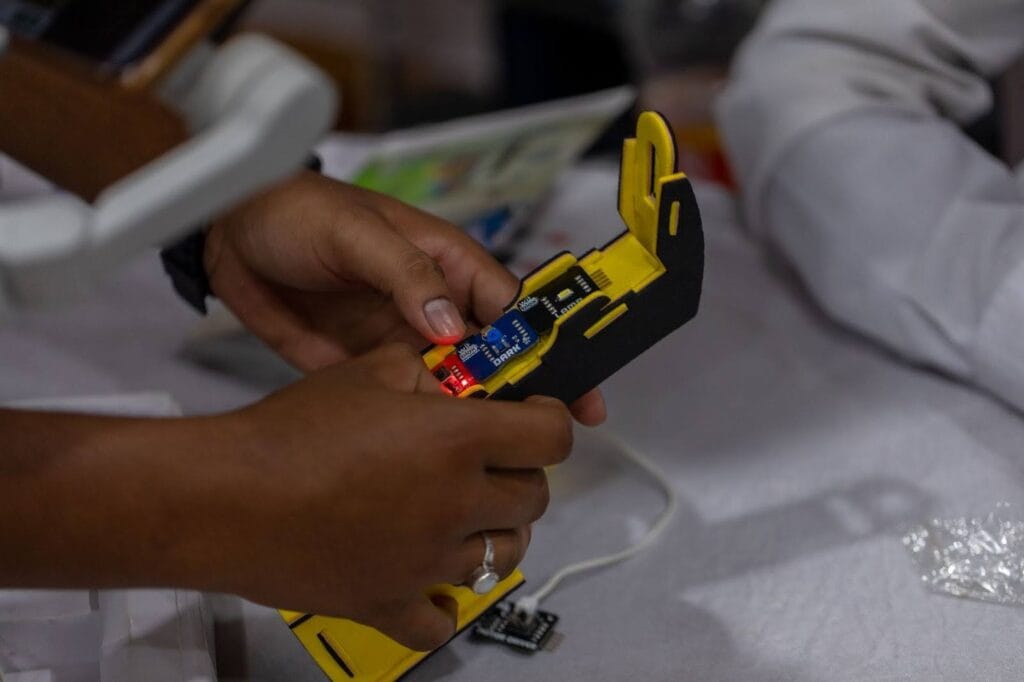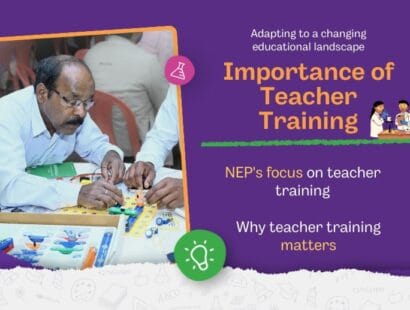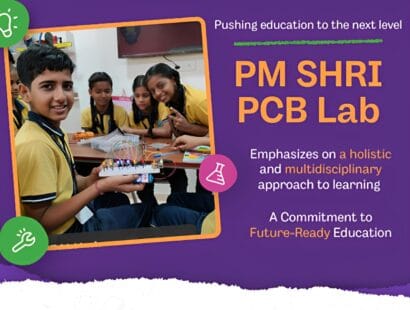NEP and Robotics & AI: Building the Future of Education
STEM Education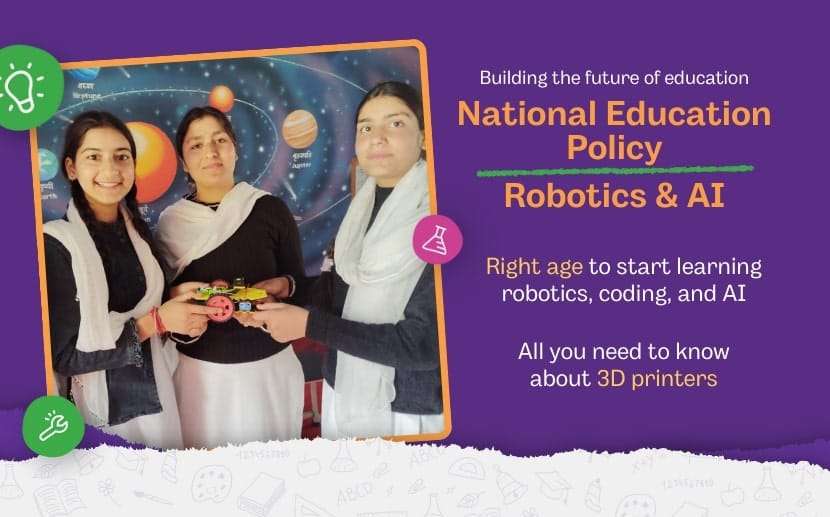
India’s National Education Policy (NEP) sets a new standard in education, focusing on preparing students for a technology-driven future. With an emphasis on Robotics & AI, the policy ensures that today’s learners acquire critical skills like digital literacy, vocational expertise, and innovative thinking. At Respire Learning, we fully support this mission through our STEM labs, teacher training programs, and hands-on educational tools.
The Association of NEP and Robotics & AI: A Focus on Future-Ready Education
The NEP envisions a future where students can use digital technologies effectively. By integrating robotics & AI, the policy ensures students are equipped:
- Digital Literacy: Students learn coding, data analysis, and robotics, gaining fluency in digital tools required for modern careers.
- Critical Thinking: Robotics education encourages problem-solving and innovation, aligning with NEP’s goal of fostering analytical thinking.
- Vocational & Technical Education: Introducing students to robotics at an early age is essential for developing skills in automation, 3D printing, and Artificial Intelligence (AI) in the future.
- Research & Innovation: Students explore robotics experiments, engage in research, and develop creative problem-solving skills through robotics labs.

Things to Remember While Establishing a Robotics Lab
Setting up a robotics lab is essential for schools to implement NEP’s vision. Here are some key considerations.
- Infrastructure: Ensure your lab has the right tools, including robotics kits, computers, and 3D printers.
- Teacher Training: Teachers must be well-versed in robotics and AI to guide students effectively.
- Curriculum Integration: Robotics activities should align with broader academic goals, ensuring multidisciplinary learning.
We support schools with everything from lab setup to teacher training. This ensures the smooth and effective integration of robotics & AI into the curriculum.
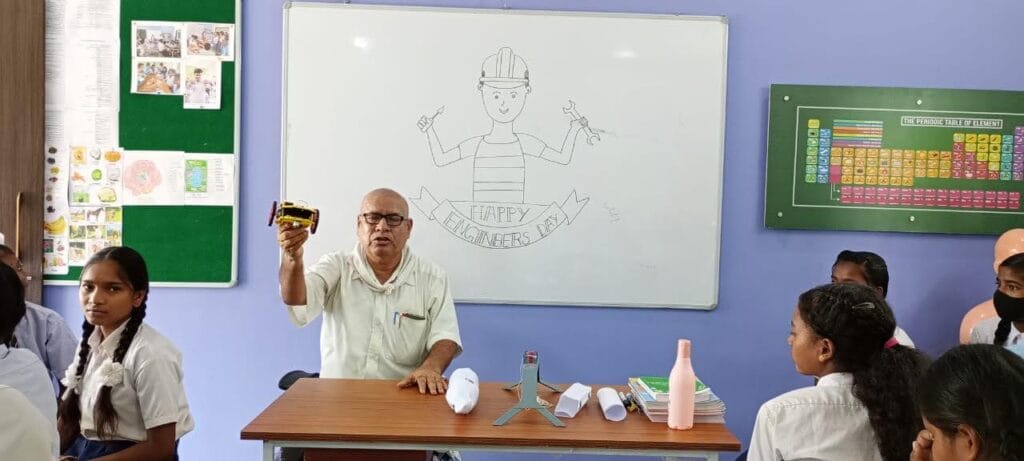
What Will Your Middle and Secondary-Level Students Learn from the Robotics Lab?
Robotics education varies by age, and at Respire Experiential Learning, we tailor programs to fit both middle and secondary school students:
- Middle School: Students learn basic coding, sensor technology, and robotic design. In project-based learning, simple robots are built, developing curiosity and problem-solving skills.
- Secondary Level: At this stage, students dive deeper into AI, machine learning, and more advanced robotic systems. They also work with 3D printers to prototype their designs, blending engineering with creativity.
What Is the Right Age to Start Learning Robotics, Coding, and AI?
Research shows children ages 8-10 can learn basic robotics and coding. Developing computational thinking and problem-solving skills at an early age is extremely beneficial. When students are between 13 and 15 years old, they can start learning more complex AI algorithms, which makes secondary school an ideal time for students to gain a deeper understanding of robotics and artificial intelligence.
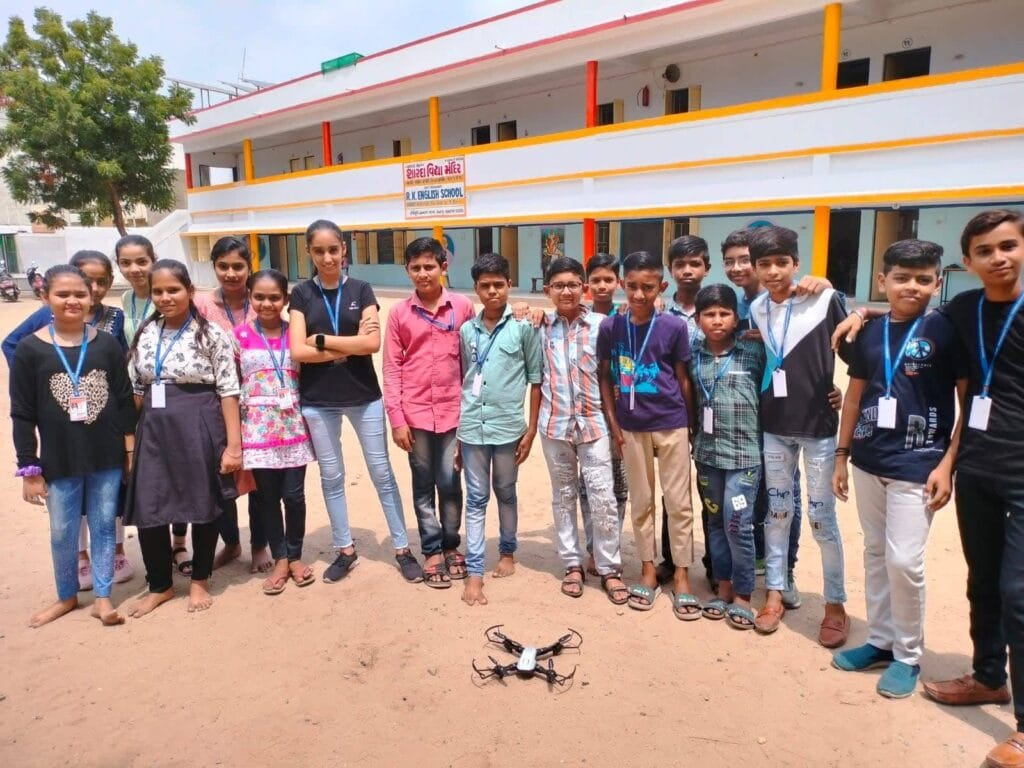
A Special Corner of My Robotics Lab: All You Need to Know About 3D Printers
3D printing is a revolutionary tool in STEM education, allowing students to design and build physical prototypes of their ideas. 3D printers are essential for creating custom robot parts in our robotics labs. This encourages students to blend creativity with practical problem-solving. Students learn to take digital designs and bring them to life through printing, helping them understand engineering and design processes.
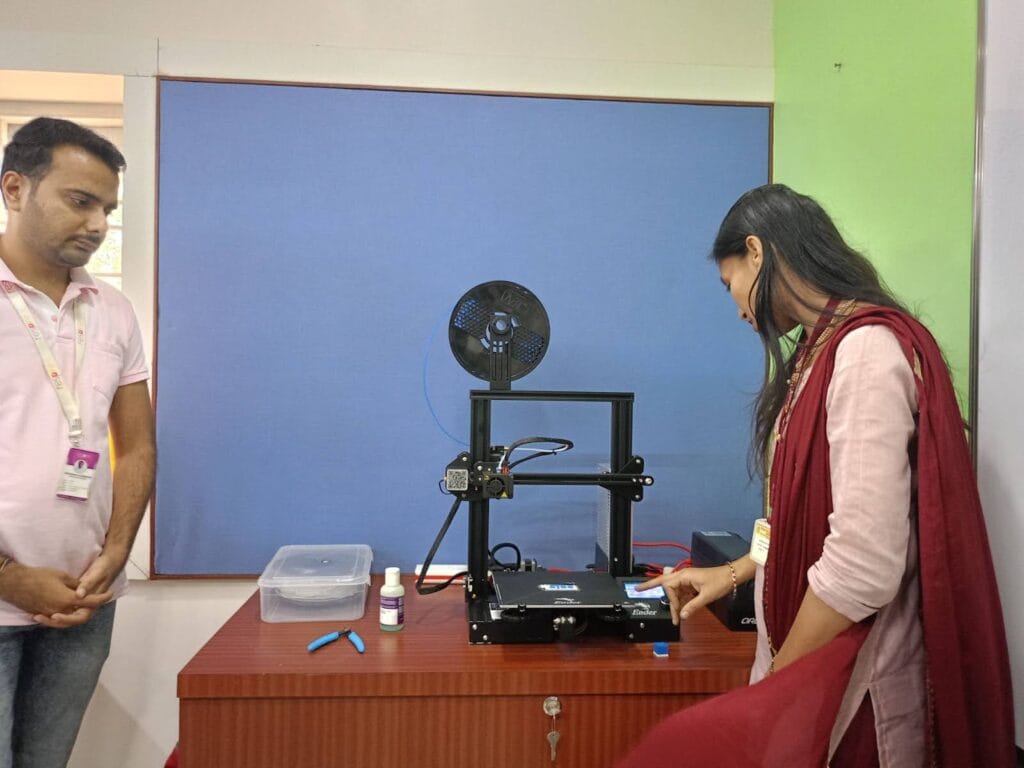
Robotics & AI in STEM: The Best Way to Learn Multidisciplinary Education
One of the most significant advantages of robotics & AI is their integration of multiple subjects like math, physics, computer science, and engineering. This multidisciplinary approach aligns perfectly with the National Education Policy vision of holistic education, ensuring students develop a well-rounded understanding of how these fields intersect.
Our robotics labs offer a perfect blend of these subjects, providing students with hands-on experiences that bridge the gap between theory and real-world application. This approach enhances technical skills and cultivates creativity and critical thinking.

Conclusion
Integrating robotics & AI into education is crucial for creating future-ready students. Through digital literacy, critical thinking, vocational training, and innovation, NEP provides a roadmap for educational success. With the support of Respire Learning’s STEM labs, teacher training, and hands-on learning models, schools can effectively prepare students for the challenges and opportunities of tomorrow.
Discover how Respire Experiential Learning can help your institution become a Robotics and AI education leader. Visit Respire Learning to learn more about our offerings.
